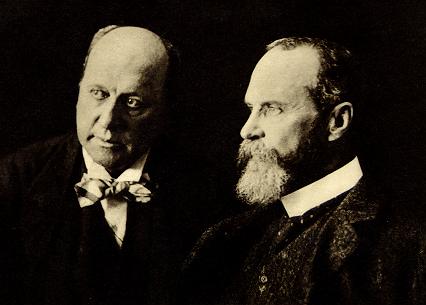"Saving the banks
This week, banks ran into yet deeper crisis: the sector is in more trouble than was feared. As Ben Bernanke, chairman of the US Federal Reserve, noted in a speech in London this week, however, economic recovery will not begin until the financial sector recovers its health. Governments must act.( ONLY GOVERNMENTS CAN STOP A CALLING RUN OR PROACTIVITY RUN. )
In October, following a British lead, governments around the world recapitalised their banks. This drastic measure saved the sector from collapse( TRUE. PEOPLE WHO SAY THAT WE SHOULD HAVE LET THE BANKS FAIL ARE WRONG. ) . But, as the events of this week have demonstrated, the banks are still on the ropes.( THE CALLING RUN CONTINUES, NOW WITH A PROACTIVITY RUN AND SAVING SPREE ON ITS HEELS. )
Bank of America required $20bn of capital and guarantees from the US taxpayer and Anglo Irish Bank was nationalised( THE CORRECT MOVE. ) to halt a run by depositors( NOW A POSSIBLE BANKING RUN. WE'D BETTER GET GOING HERE. ). Deutsche Bank, meanwhile, revealed striking fourth-quarter losses. Banks are not lending, but are hoarding capital in readiness to absorb losses from existing bad loans and securities.( THEY'RE TAKING THE MONEY TO USE IN THE ONGOING CALLING RUN. )
Governments must now act swiftly to move ahead of the crisis( LIKE NOW! ). Ad hoc nationalisation( THE PROBLEM. ) of insolvent banks and recapitalisation of impaired ones is simply not enough. Governments must act to draw out the poisonous uncertainty caused by the toxic assets held by solvent banks.
The first option is to create a “bad bank”( A NATIONALIZED BANK OF CRAP ): in this model, the state would buy up toxic securities from a range of banks and hold them. This would force participating banks to declare large losses, but by removing these illiquid assets from the balance sheet, create certainty about their solvency( OR NOT ). It would be a difficult policy to run: it would involve pricing assets that have proved unpriceable( THAT'S BEEN MY POINT SINCE OCTOBER ) and require enormous, up-front costs( YES. HOPING THAT SOMEDAY WE'LL BE ABLE TO SELL SOME OF THIS CRAP. ). The US Treasury’s $700bn troubled asset relief programme was originally intended as a bad bank programme, but changed focus for these reasons.( CATE SAYS BECAUSE THEY BELIEVE THE CRAP OR TOXIC ASSETS ARE AN ALMOST TOTAL LOSS, AND WILL INVOLVE A HUGE LOSS OF TAXPAYER MONEY. )
A better solution, albeit one that must be worked out bank-by-bank, is the insurance model used at Citigroup and, this week, at Bank of America. Governments can, for a fee, issue insurance on the value of a bank’s unpriceable assets, making up the difference if they fall below an agreed floor price( A BETTER PLAN ). Investors would know that the bank is secure – as with the bad bank model – but it reduces the need for already stretched finance ministries to find money immediately. Simply writing the insurance makes it less likely it will even be needed.( THAT'S ALSO THE POINT OF EXPLICIT GOVERNMENT GUARANTEES. IF YOU STOP THE CALLING RUN, THE LOSSES STOP! )
Even after that, however, governments may need to do yet more. They may guarantee credit yet further( COMPLETELY AND EXPLICITLY. ONLY GOVERNMENT HAS THE RESOUCES BEHIND IT TO END A CALLING AND PROACTIVITY RUN. ANY OTHER SOURCE, INCLUDING PRIVATE SOURCES, WON'T WORK. A FEW WILBUR ROSS INVESTMENTS CAN'T STOP A CALLING RUN FOR HEAVEN'S SAKE. ), perhaps even lending directly, in sectors where commercial lenders have all pulled out. Countries that used to rely on credit from abroad that has now disappeared, as is the case in the UK, may still be stretched even if their domestic banks extend themselves fully. Fixing the banks will not cause a return to growth: we are now caught in the jaws of a global recession. It is, however, a necessary precondition for recovery( TRUE )."







































No comments:
Post a Comment